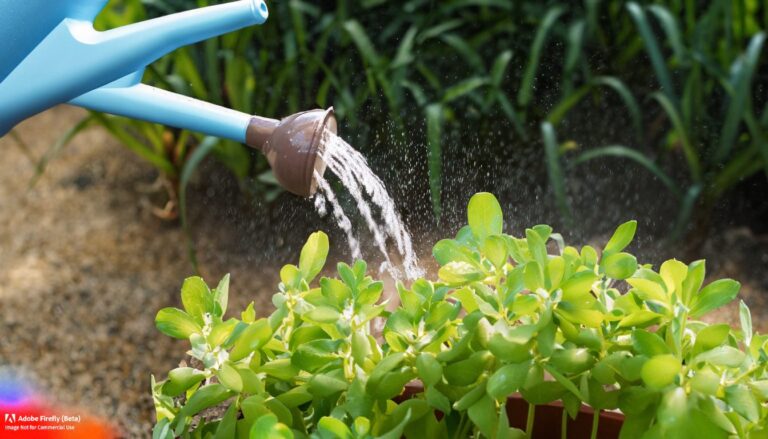Introducing the Inside Out Strawberry – The Pineberry: White Alpine Strawberries
The Pineberry is a fascinating fruit that resembles an albino version of a strawberry but surprises with its pineapple flavor and red seeds. These unique berries have been commercially bred from white Alpine Strawberries, which have existed in the wild since Roman times.
White Alpine Strawberries are known for their ability to tolerate shade and thrive in slightly acidic soil. Being wild strawberries, they are ever-bearers, providing a continuous harvest. An interesting advantage of the Pineberry is its appearance, resembling unripe fruit, which can deter birds from pecking at them, unlike regular strawberries.
For those interested in growing White Alpine Strawberries, they can be sown from January to March. This makes them a convenient addition to your garden, especially if you’re looking for an alternative to traditional strawberries or want to keep birds at bay.
If you’re intrigued by this unique fruit, consider trying your hand at growing White Alpine Strawberries from seed this weekend. The Pineberry offers a delightful twist to the familiar taste of strawberries, introducing a surprising hint of pineapple to your palate.
Characteristics of the Pineberry:
1. Appearance:
- White Exterior: The Pineberry stands out with its creamy white skin, resembling the inverse of a typical red strawberry.
- Red Seeds: Contrasting the light exterior, the Pineberry is adorned with small red seeds that add a burst of color.
2. Flavor Profile:
- Pineapple Essence: Beyond its visual appeal, the Pineberry captivates taste buds with a subtle yet distinct pineapple flavor.
- Sweet and Tart: Combining sweetness and a hint of tartness, the Pineberry offers a refreshing and unique taste experience.
3. Size and Shape:
- Comparable Size: Similar in size to conventional strawberries, the Pineberry maintains a familiar berry shape.
- Juicy Texture: Beneath its delicate skin, the fruit boasts juicy flesh, contributing to its delightful texture.

Cultivation of Pineberries:
1. Origin:
- History: The Pineberry originated in South America, particularly in regions where wild strawberries with unique characteristics were discovered.
2. Growing Conditions:
- Soil: Well-draining soil rich in organic matter is conducive to Pineberry cultivation.
- Sunlight: Adequate sunlight is essential, with full to partial sun exposure promoting optimal fruiting.
3. Planting and Maintenance:
- Planting Time: Spring is the ideal season for planting Pineberries.
- Runners: Like traditional strawberries, Pineberries produce runners, allowing for natural propagation.
- Watering: Consistent watering, avoiding waterlogged conditions, supports healthy growth.
4. Harvesting:
- Timing: Pineberries are ready for harvest when the skin turns white, indicating ripeness.
- Gentle Handling: Careful handling during harvesting ensures the preservation of the delicate fruit.
Culinary Applications Of Pineberry:
1. Fresh Consumption:
- Snacking: Enjoyed fresh, Pineberries make for a delightful and unique snack.
- Salads: Incorporating Pineberries into fruit salads adds visual appeal and a burst of flavor.
2. Desserts:
- Tarts and Pies: The Pineberry’s distinct flavor enhances the appeal of tarts, pies, and desserts.
- Smoothies: Blending Pineberries into smoothies offers a refreshing and tropical twist.
3. Jams and Preserves:
- Homemade Preserves: Pineberries can be transformed into delicious jams and preserves.
- Pairings: Their unique flavor complements a variety of other fruits in preserves.
Pineberry’s Rise in Popularity:
1. Culinary Trend:
- Novelty Factor: The Pineberry’s unique appearance and flavor contribute to its popularity as a culinary novelty.
- Social Media Presence: Pineberries often make appearances on social media platforms, garnering attention for their visual appeal.
2. Home Gardening:
- Backyard Gardens: Many gardening enthusiasts cultivate Pineberries in home gardens, appreciating their ornamental and culinary value.
- Container Gardening: Suitable for containers, Pineberries offer urban gardeners a space-efficient berry option.
In Conclusion:
The Pineberry, with its whimsical appearance and delightful flavor, represents a captivating fusion of visual aesthetics and culinary innovation. Whether enjoyed fresh, incorporated into desserts, or cultivated in home gardens, the Pineberry continues to add a touch of tropical charm to the world of berries, inviting both seasoned and amateur gardeners to indulge in its sweet and tangy allure.






